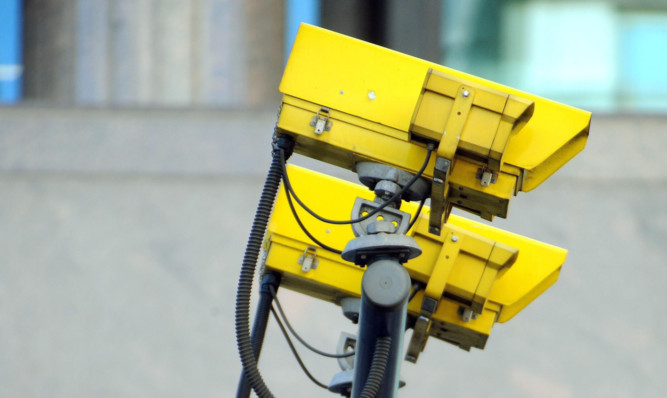
Digital cameras are being blamed for a big increase in the number of speeding fines being issued.
More than 300 drivers a day were caught driving over the limit last year. In total, courts handed out 115,000 fines to motorists in England and Wales the highest figure since 2009.
Those convicted of a speeding offence are ordered to pay a minimum of £100 and three penalty points are added to their licence.
AA president Edmund King said the introduction of digital cameras, which no longer require film, was behind the rise.
He added: “In the past, cameras would only take valid pictures for a quarter of day and it was pot luck whether you were fined. They are now working 24 hours a day.”
One of the largest increases was in South Wales where the number of people fined tripled from 2,181 three years ago to 6,491 last year. The number has also grown by almost 1,000 in both South Yorkshire and Lincolnshire and by nearly 2,000 in Staffordshire.
Paradoxically, the figure for the Metropolitan Police area has fallen to 7,736 its lowest level in five years.
A Department for Transport spokeswoman pointed out the fines were issued at the discretion of the magistrates.
He added: “Speeding can have devastating consequences and it’s right that drivers should abide by the speed limit. The number of fines issued is in decline across many police force areas.”
Last week, the Institution of Engineering and Technology said the speed at which cars can travel may be altered to fit the driver’s experience in the future.
A spokesman said: “Speeding may become a thing of the past as cars are likely to be fitted with speed-limiting devices.”
Meanwhile, residents in Tory-controlled boroughs and councils are being clobbered with record parking charges and fines, Labour has claimed.
The opposition said freedom of information requests, responded to by 214 of 326 English councils, suggested the total bill reached £1.38 billion in 2013/14, up from £1.32 billion the year before. That would mean the average fine per resident in a Tory authority was £31.69, 41% more than the average Labour council figure of £22.50.
Shadow communities secretary Hilary Benn said: “David Cameron and Eric Pickles claimed they would bring parking charges and fines down but they have completely failed.
“Tory councils are making the most money from charges and fines once again their promises are nothing but hot air.”
Mr Pickles responded: “The Labour government told councils to hike parking charges. By contrast, Conservatives in Government are standing up for shoppers and local firms.”

Enjoy the convenience of having The Sunday Post delivered as a digital ePaper straight to your smartphone, tablet or computer.
Subscribe for only £5.49 a month and enjoy all the benefits of the printed paper as a digital replica.
Subscribe